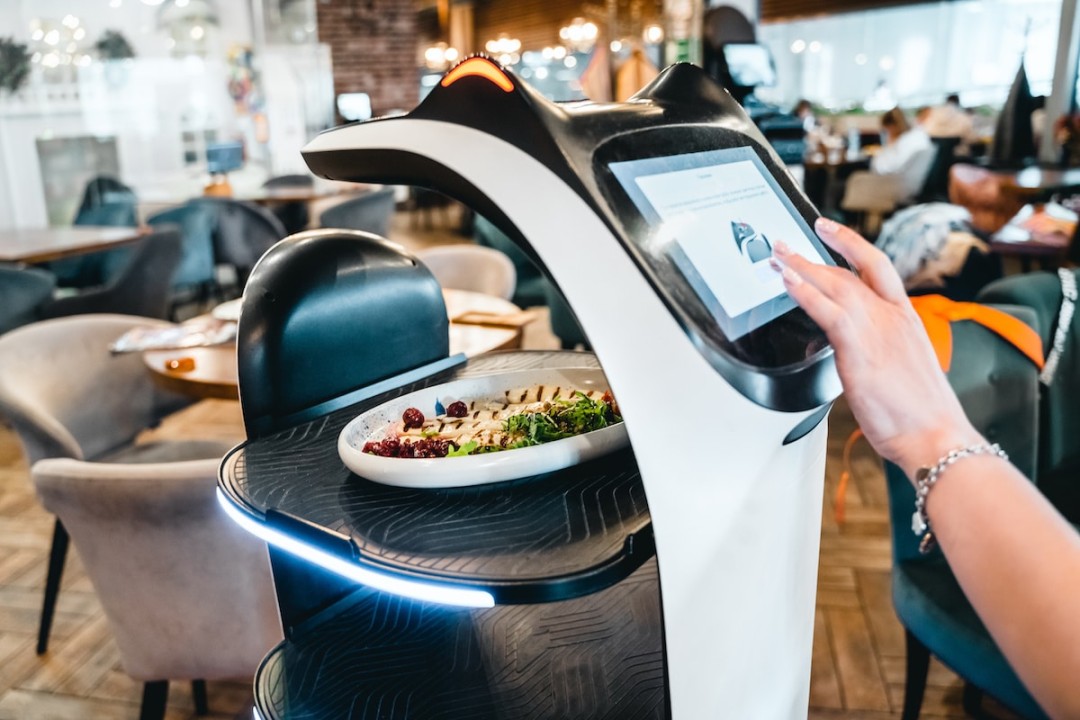The dining industry is rapidly evolving, driven by changing consumer preferences, technological innovations, and a growing emphasis on sustainability. As we approach 2025, the way we experience food in restaurants will continue to transform. Here are some key trends that will shape the future of dining.

1. Sustainability as a Priority
Sustainability will take center stage in the dining world. Restaurants will increasingly adopt eco-friendly practices, focusing on waste reduction, sustainable sourcing, and plant-based options. Expect to see more farm-to-table concepts, with restaurants sourcing ingredients locally to reduce their carbon footprint. Zero-waste dining will become more common, where food scraps are minimized or repurposed, and packaging will shift toward eco-friendly alternatives.

2. Rise of Plant-Based and Alternative Proteins
Plant-based dining is no longer a niche market—it’s a mainstream trend. By 2025, plant-based and lab-grown meats will be even more prevalent on restaurant menus. Consumers are increasingly looking for healthier and more sustainable protein options, and restaurants will continue to innovate with plant-based burgers, vegan cheeses, and lab-grown meat alternatives that offer familiar flavors and textures. Expect more variety in these offerings, from comfort foods to gourmet dining.

3. Technology Integration
Technology will continue to play a major role in the dining experience. By 2025, AI-powered systems will assist in everything from ordering to personalized menu suggestions based on dietary preferences. QR codes and digital menus will streamline the ordering process, while contactless payment systems will make transactions faster and safer. In the kitchen, automation tools like robotic chefs and smart ovens will help improve food consistency and reduce preparation times.

4. Customization and Personalization
Consumers are seeking more personalized dining experiences. Restaurants will increasingly offer customizable menu options, allowing diners to tailor their meals to their tastes, dietary restrictions, or health goals. AI will help predict customer preferences, ensuring that your favorite dishes are recommended each time you visit. Expect a more tailored approach to dining, from ingredient substitutions to dietary-friendly options like keto, gluten-free, and paleo.

5. Health-Conscious Dining
As health and wellness continue to be a focus, restaurants will incorporate more nutritious, functional ingredients into their menus. Dishes will not only be delicious but also designed to enhance overall well-being, offering ingredients that promote gut health, immunity, and mental clarity. Expect to see more low-carb, high-protein, and nutrient-dense options, as well as menus catering to a variety of dietary needs like vegan, gluten-free, and keto.








